I need some advice on how to create a coredata model that has Departments, Groups and People.
I have this working using an XML file, but I'd like to make this a proper SQLite DB.
A subset of the XML file is below..
The rules are each Dept can have multiple Groups and each group can have multiple people. Once again, I would appreciate any advice..
(Apologies for the long code post)
<key>itemChildren</key>
<dict>
<key>itemChildren</key>
<dict>
<key>itemChildren</key>
<dict>
<key>itemTitle</key>
<string>Person1</string>
<key>itemSubTitle</key>
<string>Person1Detail</string>
</dict>
<dict>
<key>itemTitle</key>
<string>Person2</string>
</dict>
<dict>
Person x........
</dict>
<dict>
<key>itemTitle</key>
<string>Infinitive</string>
</dict>
<key>itemTitle</key>
<string>Group1</string>
<key>itemSubTitle</key>
<string>Group1 Detail</string>
</dict>
<dict>
<key>itemChildren</key>
<dict>
<key>itemTitle</key>
<string>Person1</string>
<key>itemSubTitle</key>
<string>Person1Detail</string>
</dict>
<dict>
<key>itemTitle</key>
<string>Person2</string>
</dict>
</array>
<key>itemTitle</key>
<string>Group2</string>
<key>itemSubTitle</key>
<string>Group2 Detail</string>
</dict>
<dict>
<key>itemChildren</key>
<key>itemTitle</key>
<string>Person1</string>
<key>itemSubTitle</key>
<string>Person1Detail</string>
<dict>
<key>itemTitle</key>
<string>Person2</string>
</dict>
<dict>
<key>itemTitle</key>
<string>Person3</string>
</dict>
</array>
<key>itemTitle</key>
<string>Groupx</string>
<key>itemSubTitle</key>
<string>Groupx Detail</string>
........
</dict>
<key>itemTitle</key>
<string>Dept1</string>
<key>itemSubTitle</key>
<string>Dept1Detail</string>
</dict>
<dict>
<key>itemChildren</key>
<dict>
<key>itemChildren</key>
<array>
<dict>
<key>itemTitle</key>
<string>Person1</string>
<key>itemSubTitle</key>
<string>Person1Detail</string>
.....
<key>itemTitle</key>
<string>Dept2</string>
<key>itemSubTitle</key>
<string>Dept2Detail</string>
</dict>
........
<key>itemTitle</key>
<string>Dept3</string>
<key>itemSubTitle</key>
<string>Dept3Detail</string>
</dict>
</dict>
